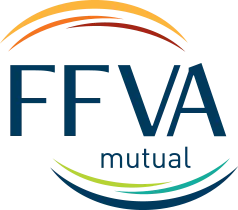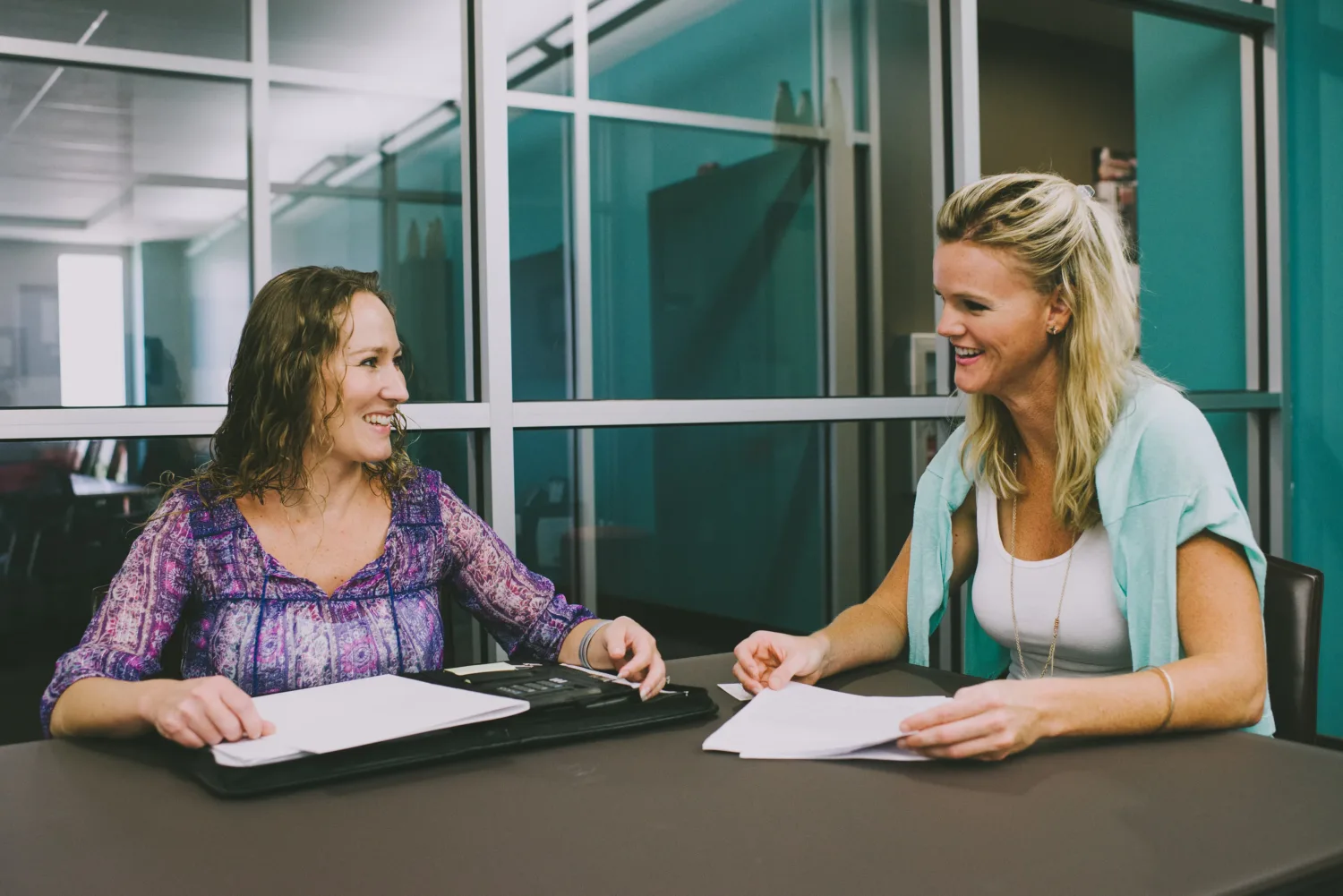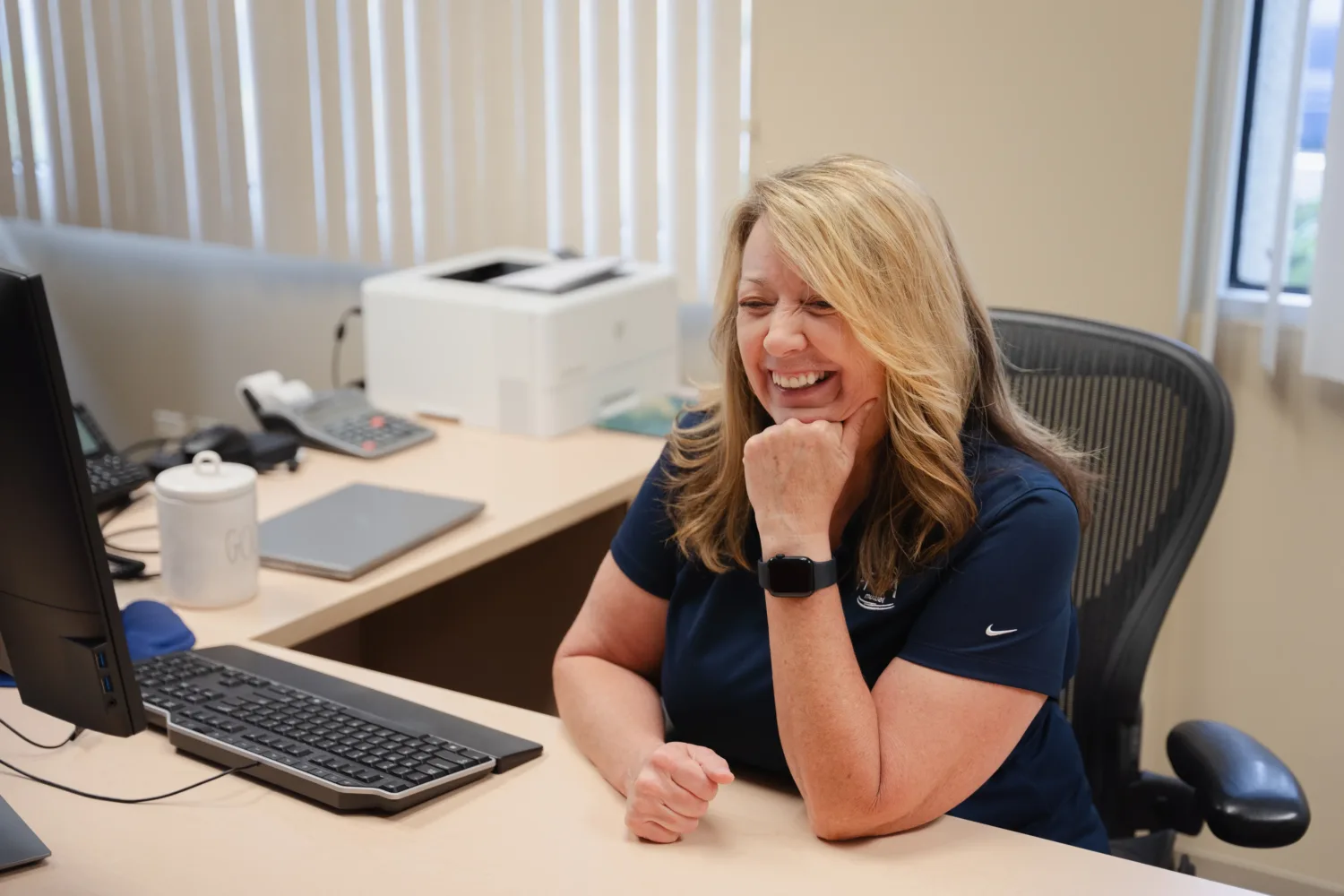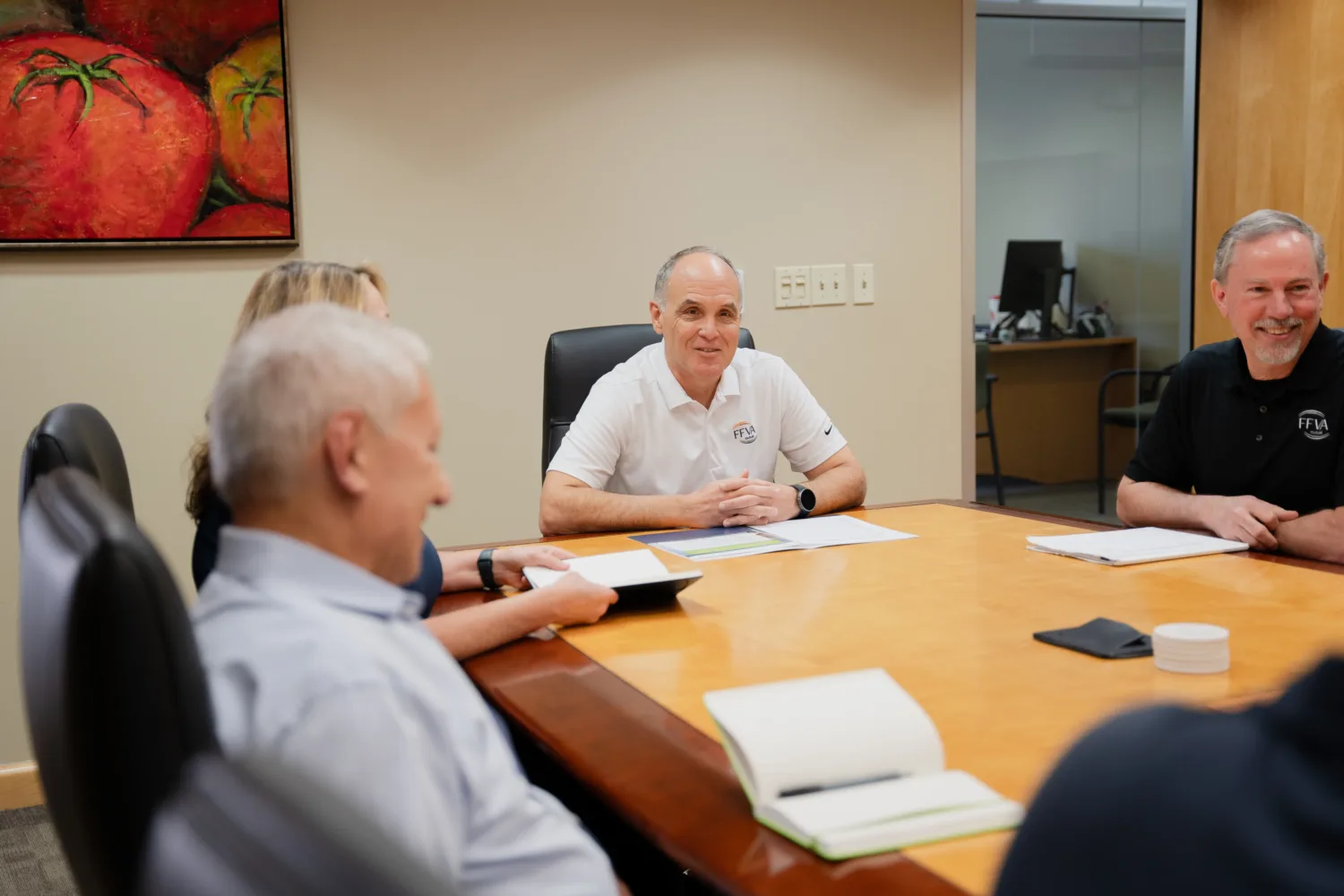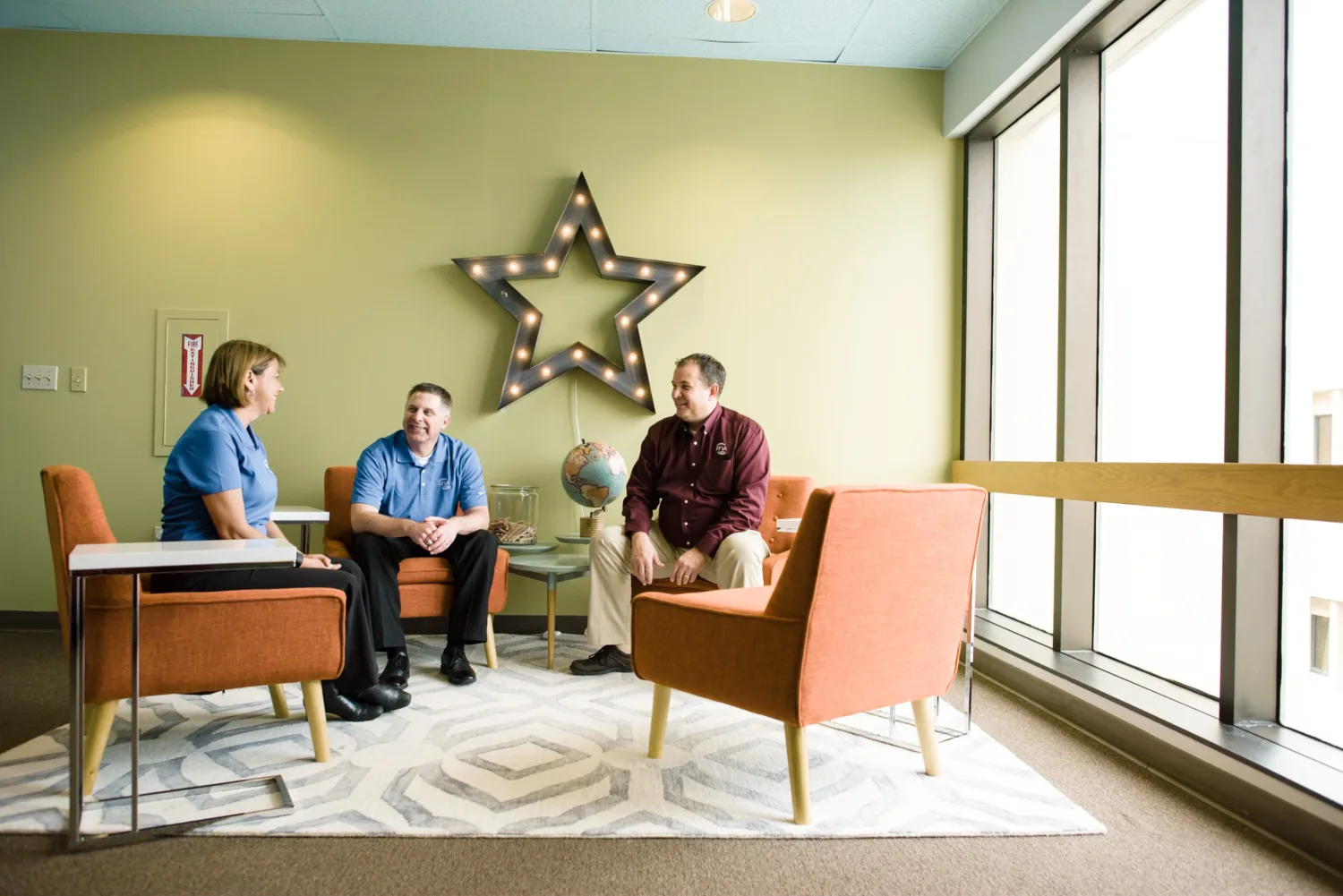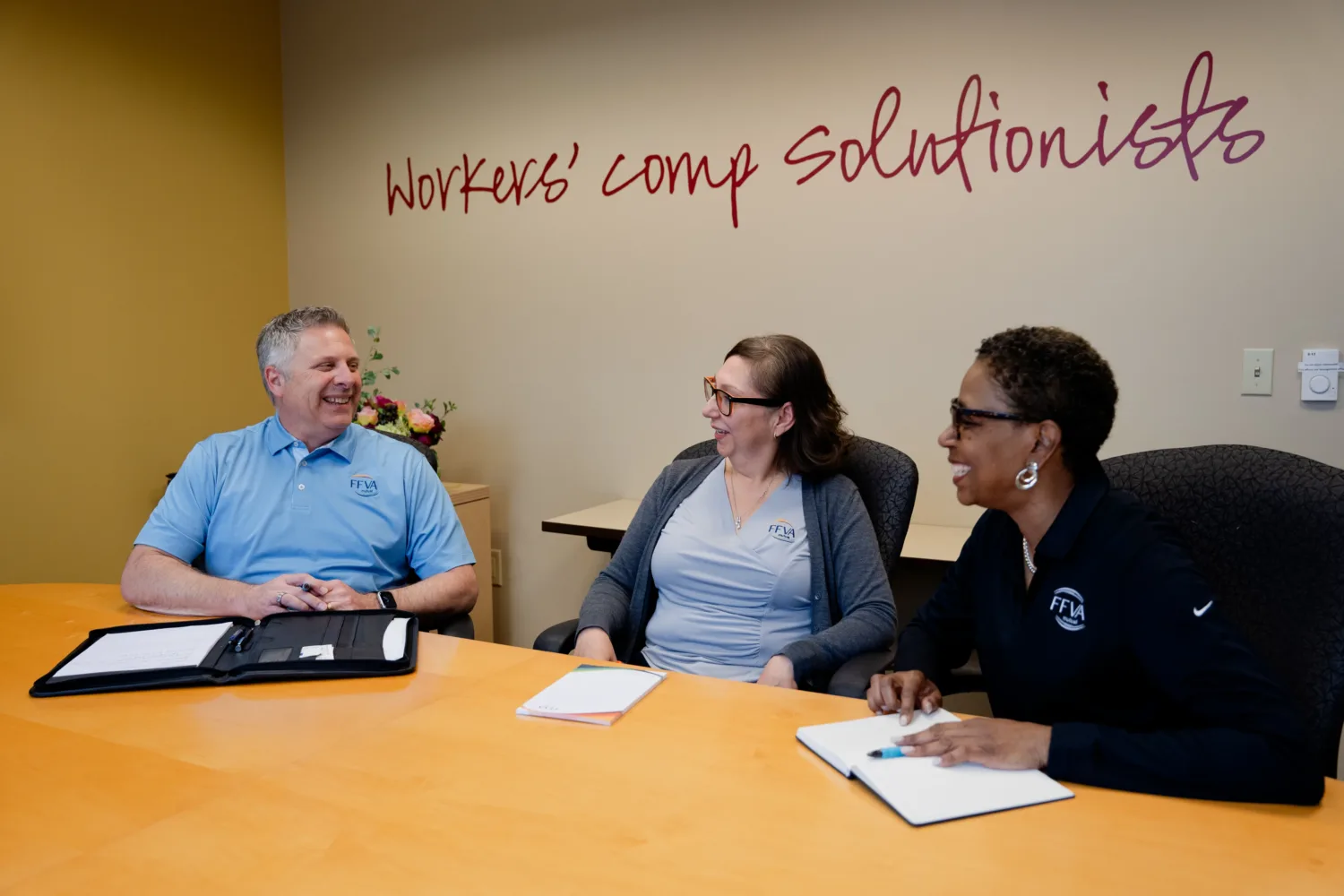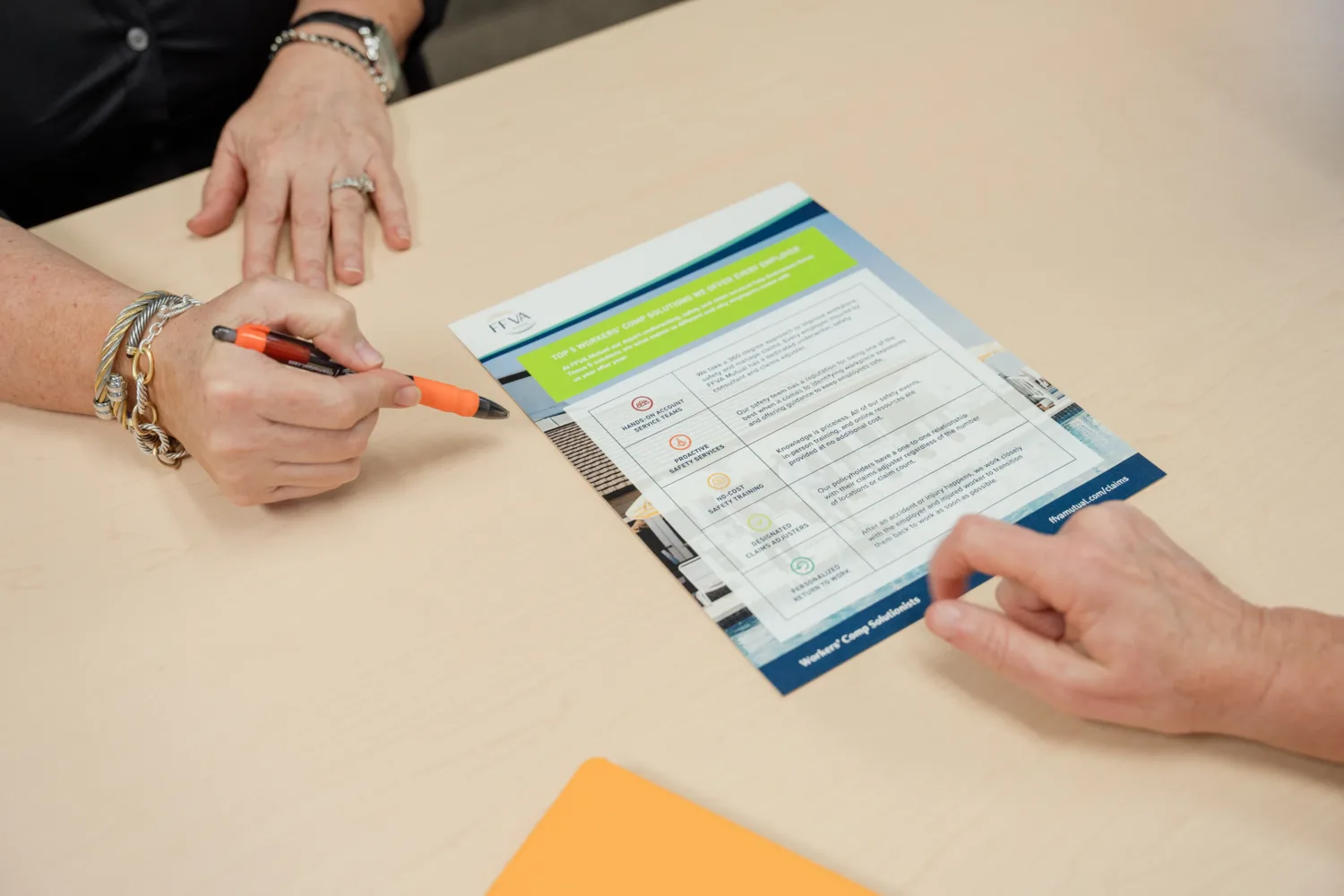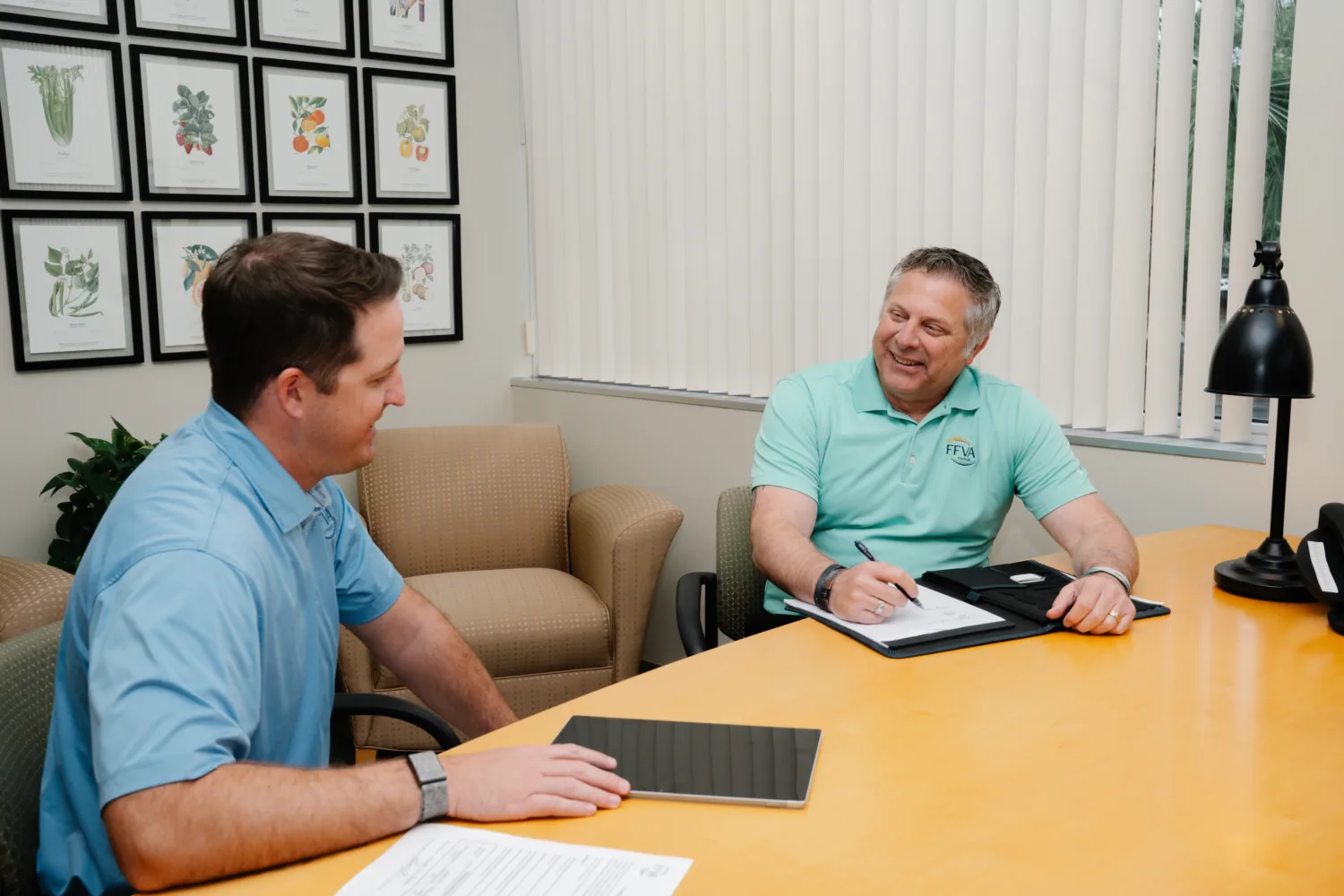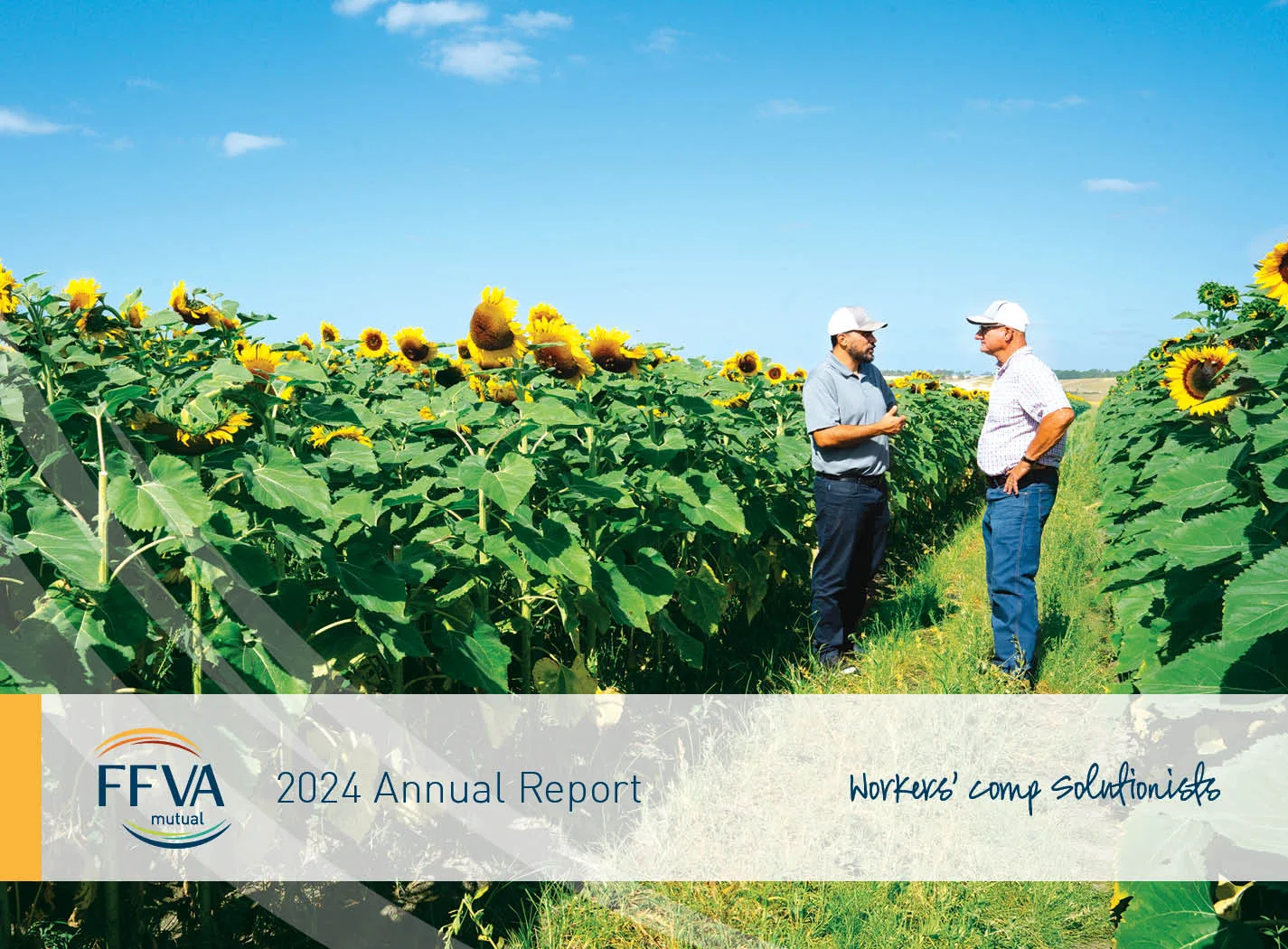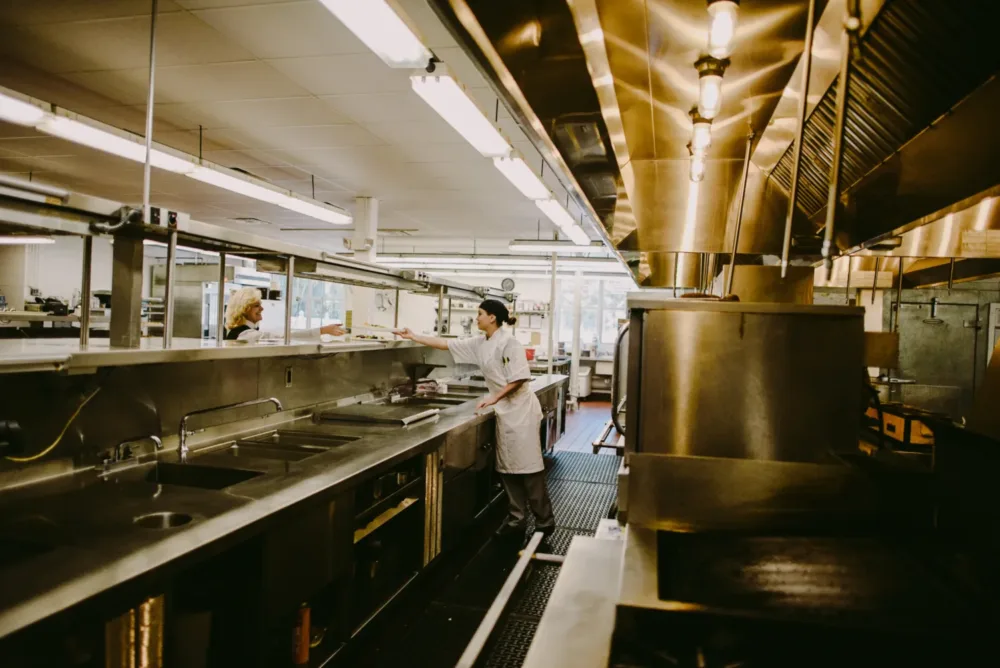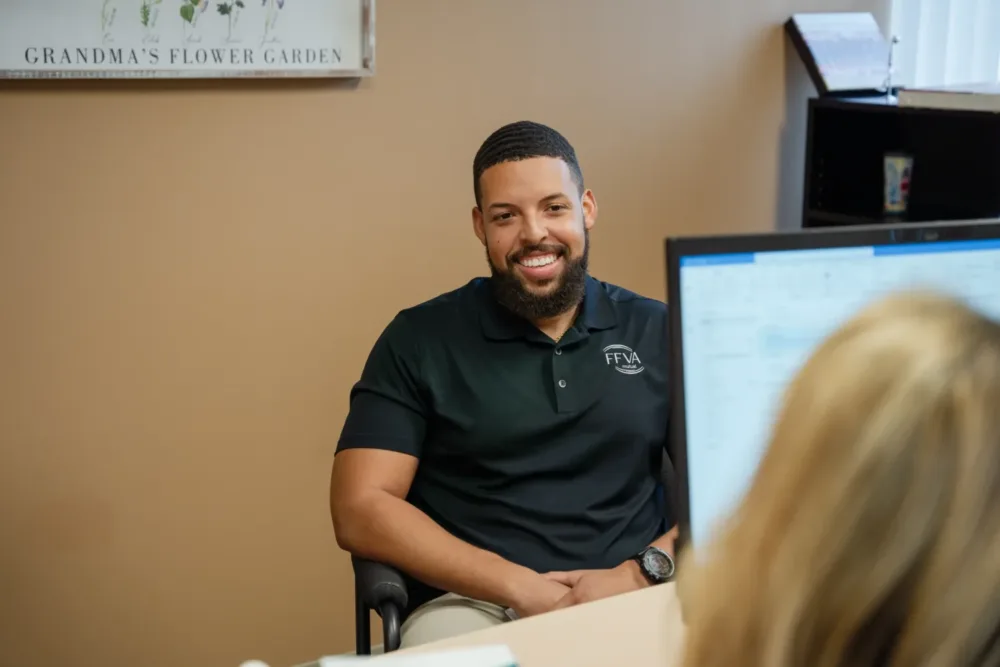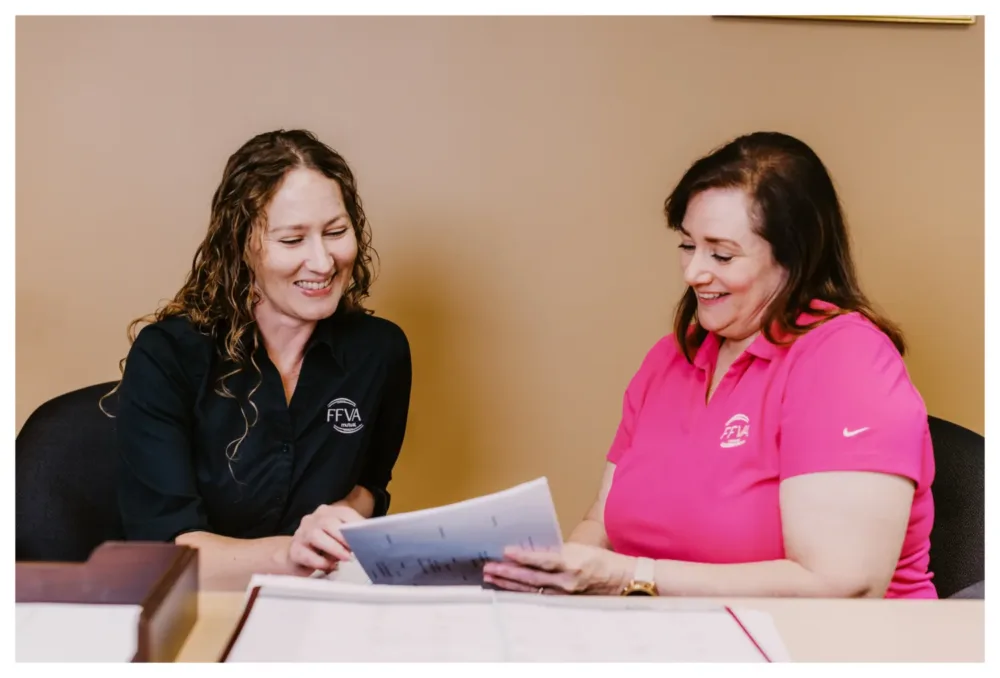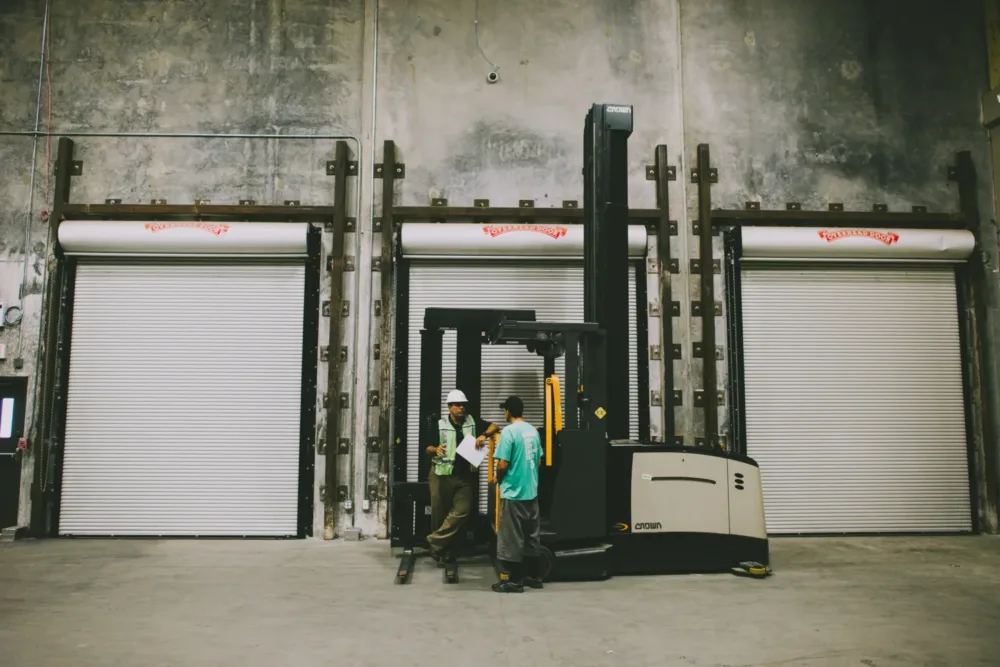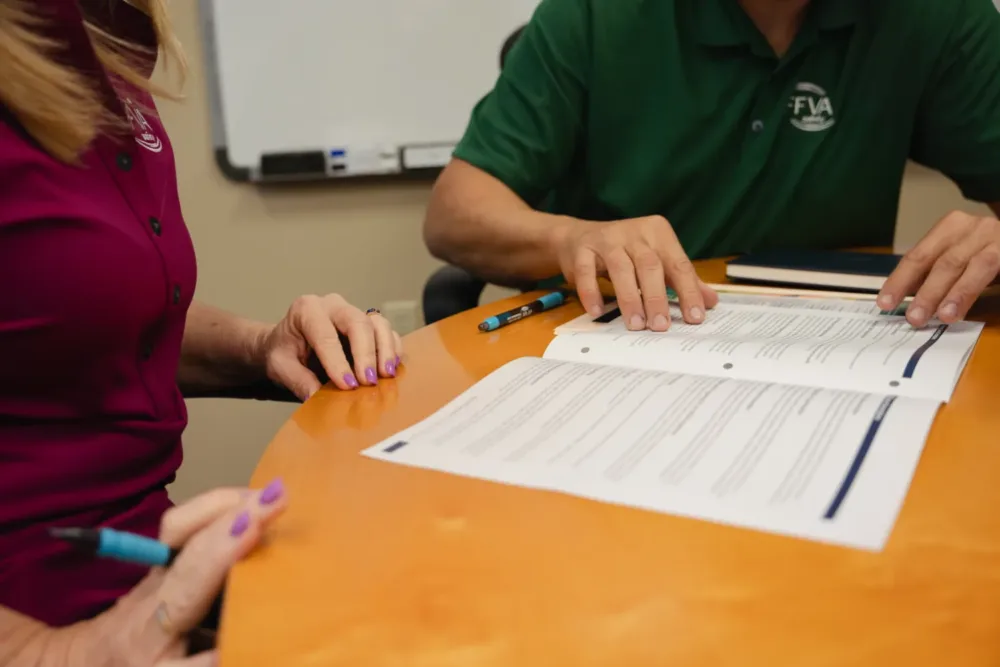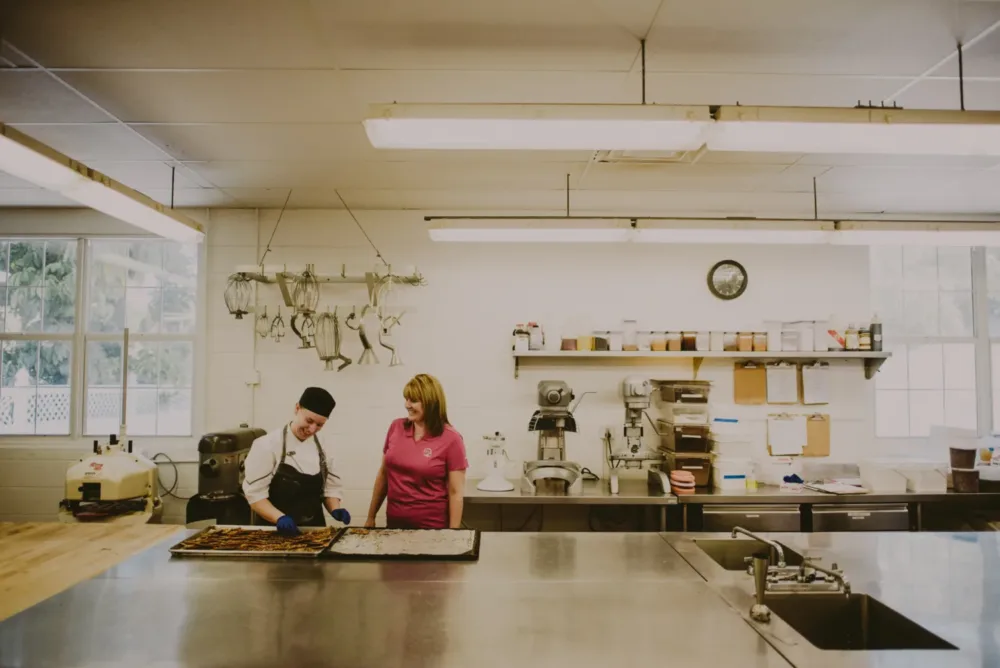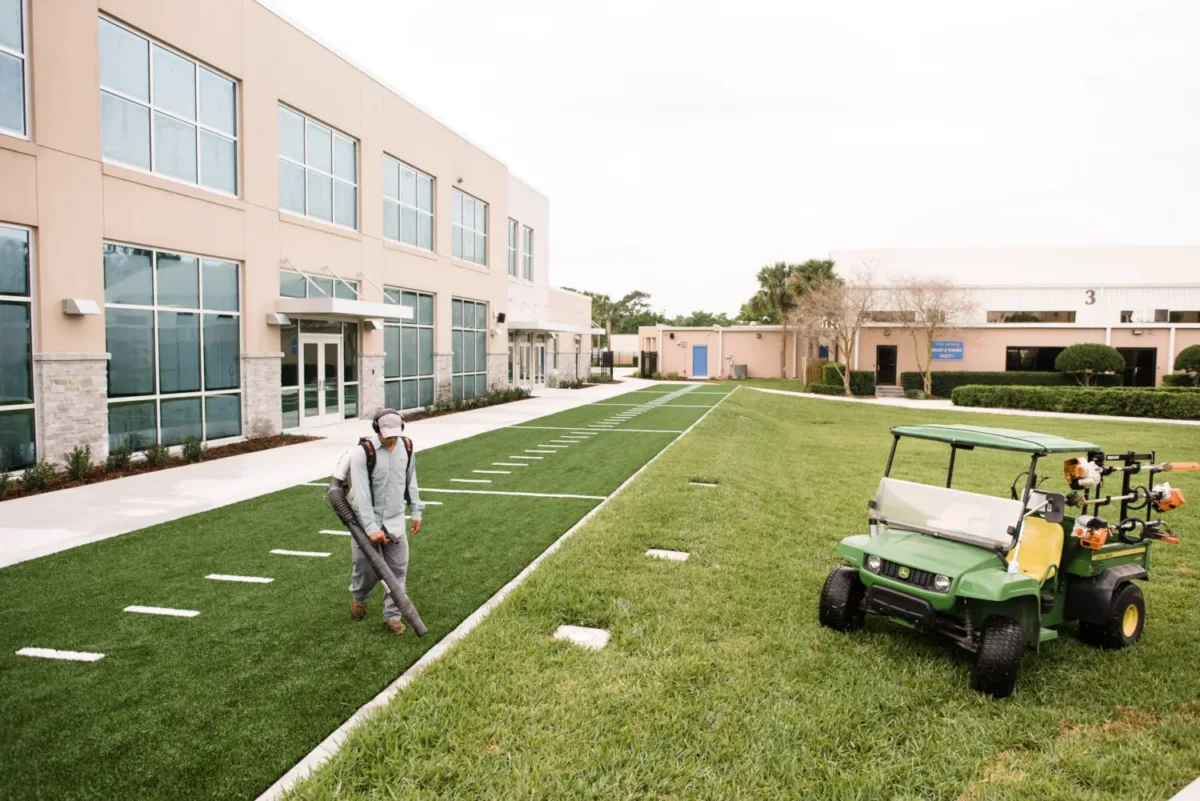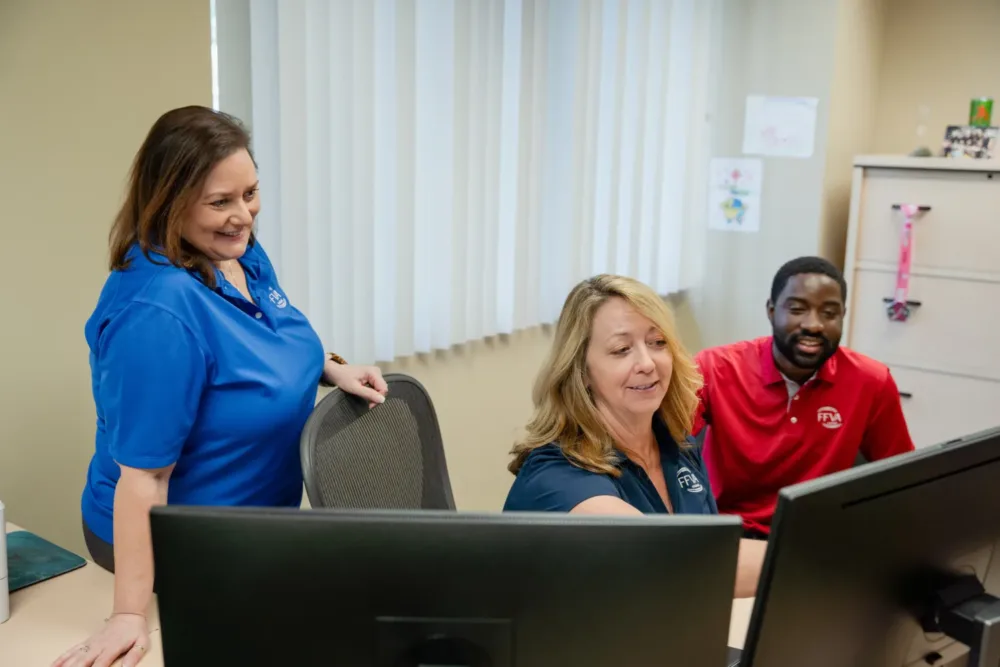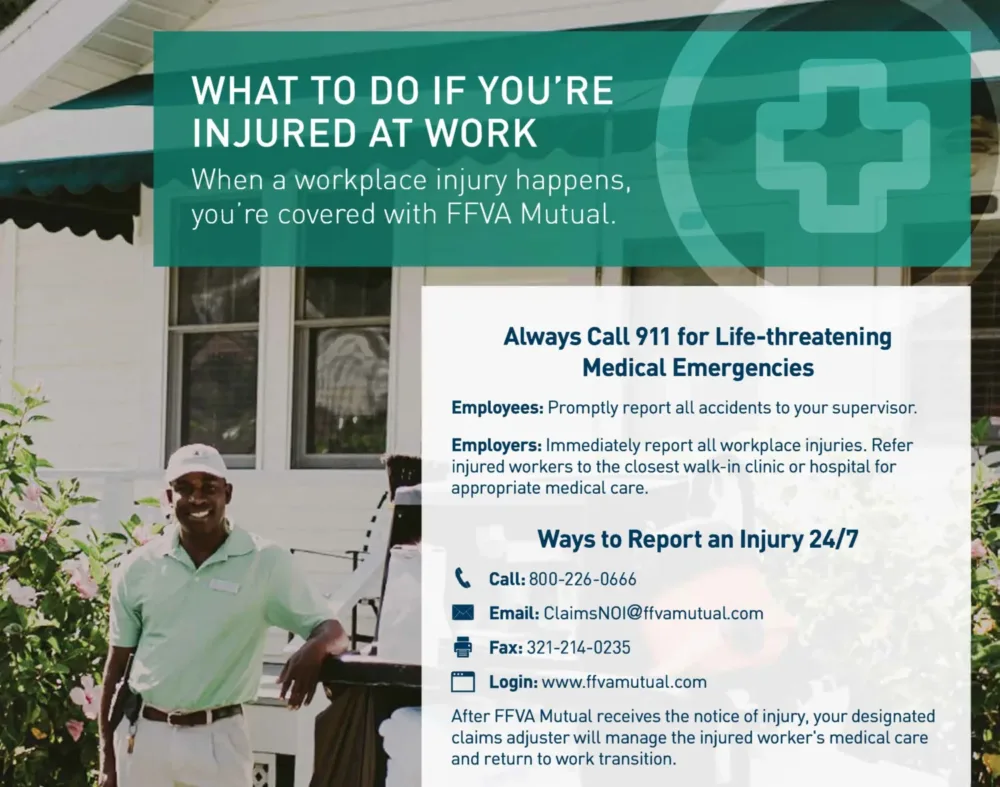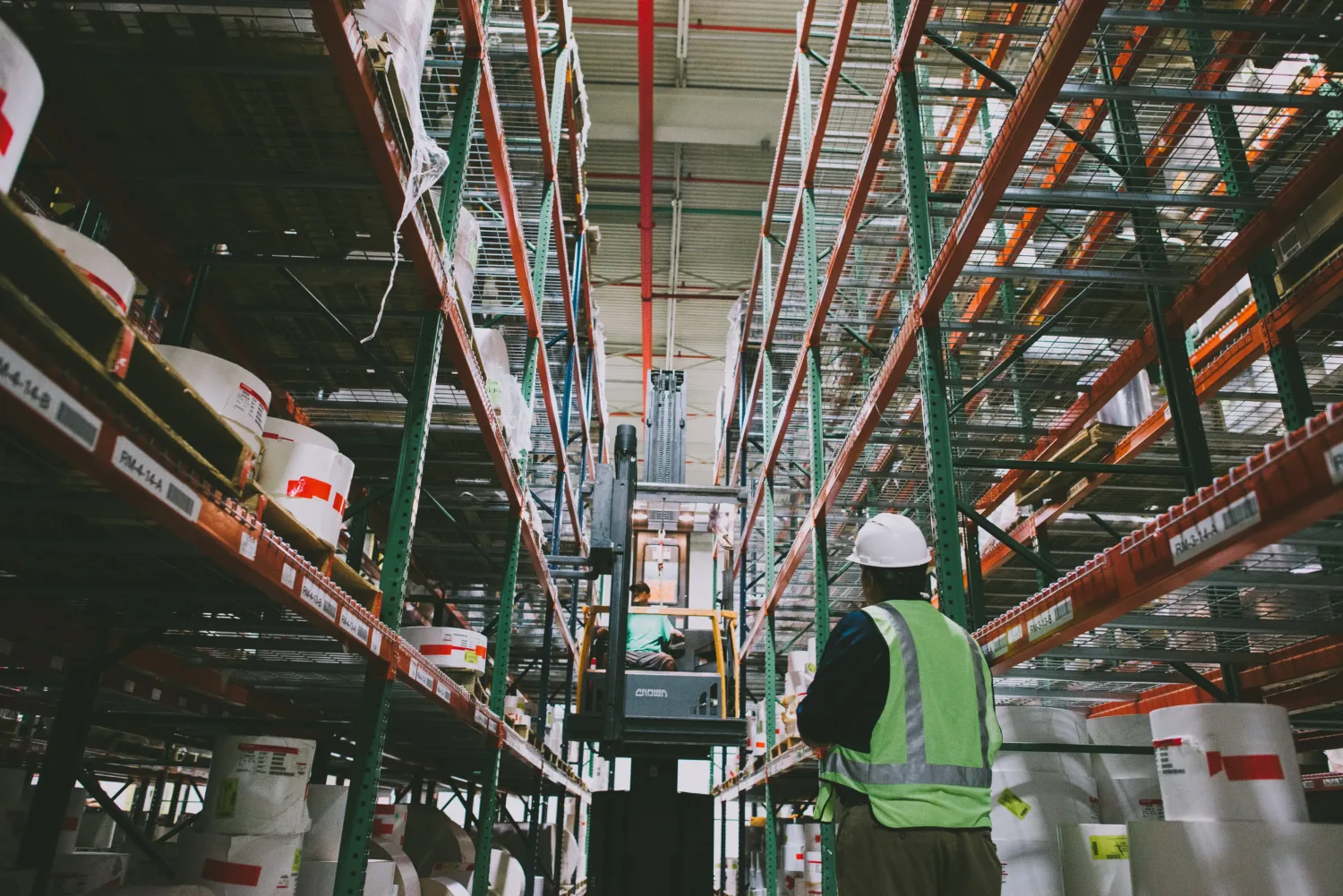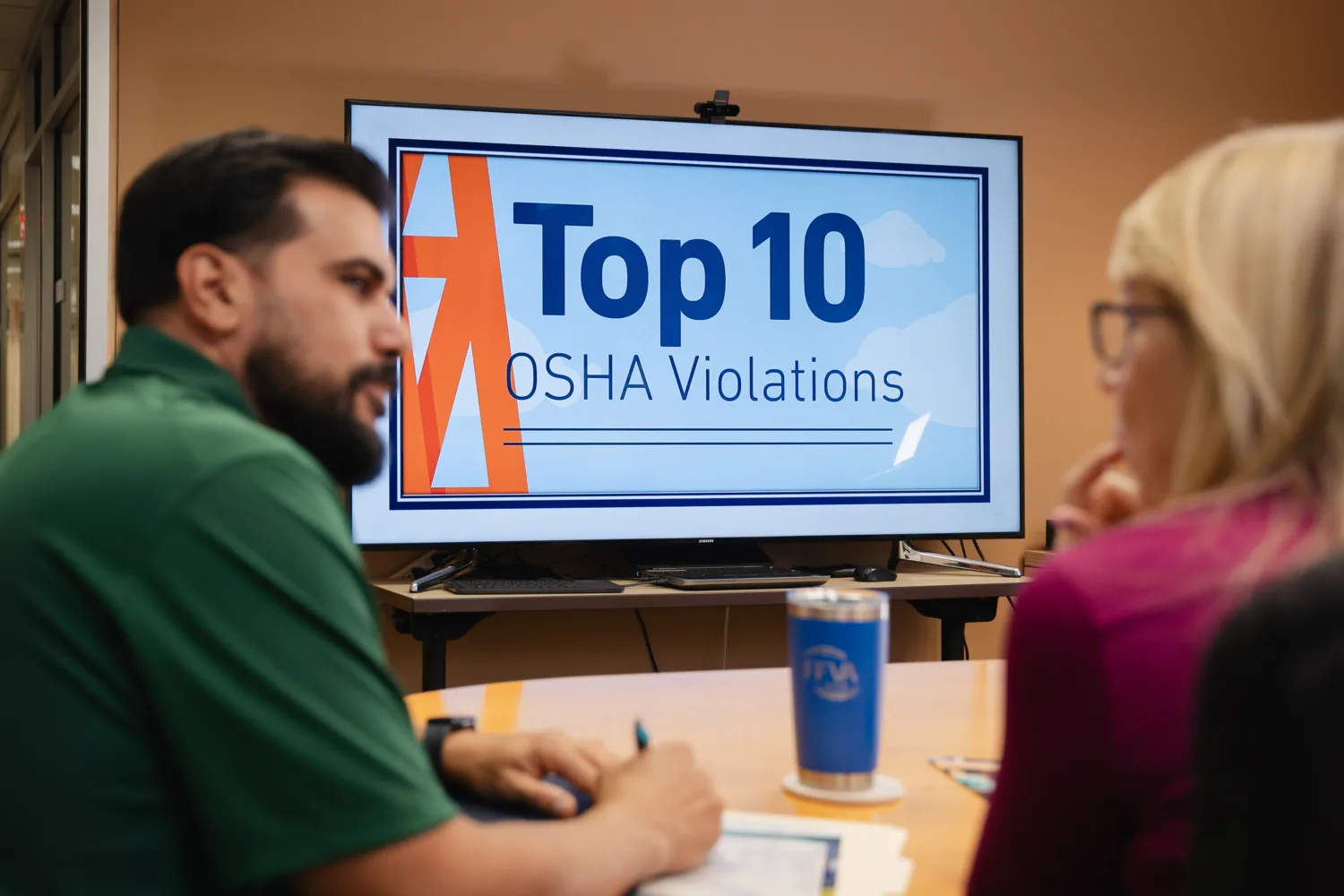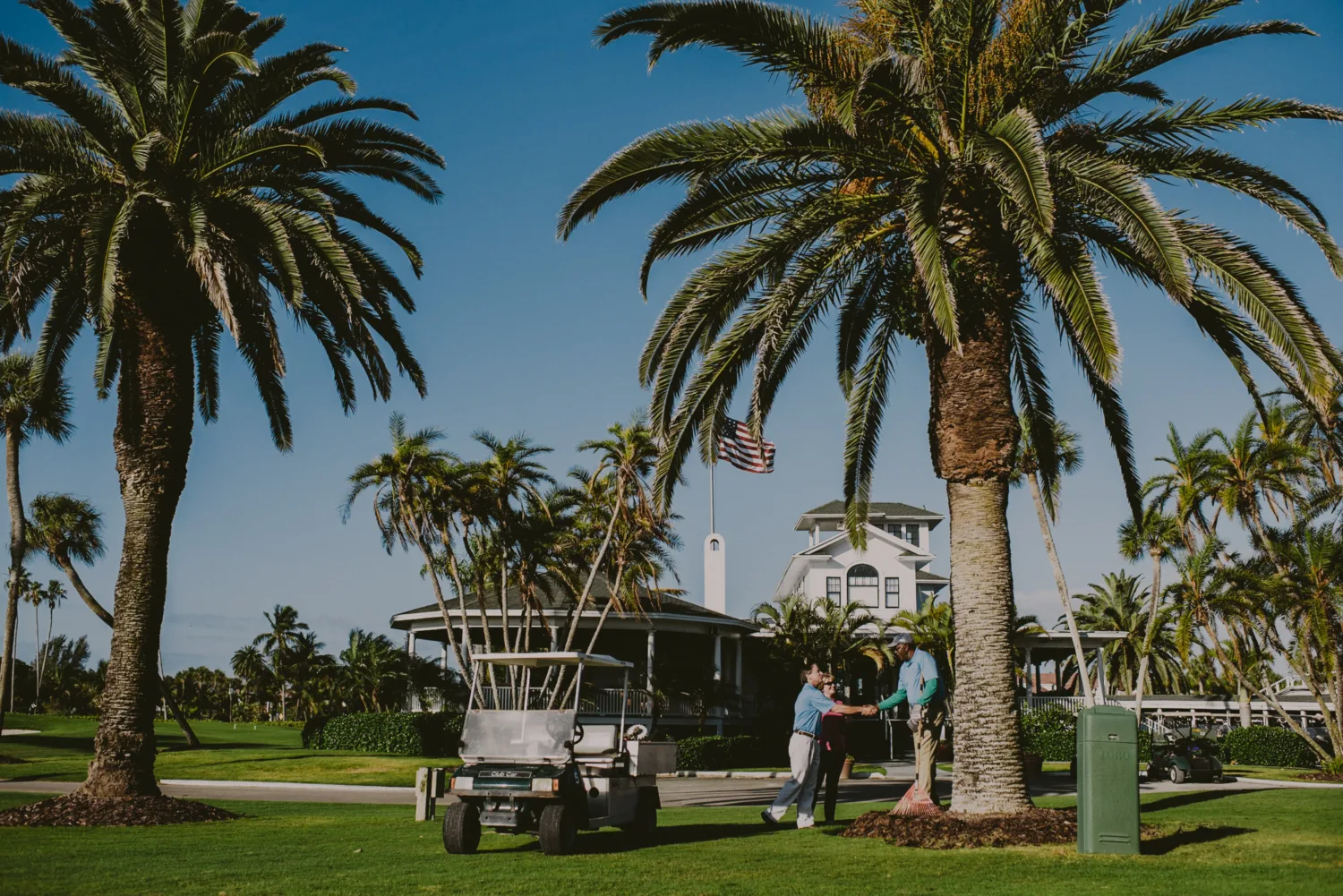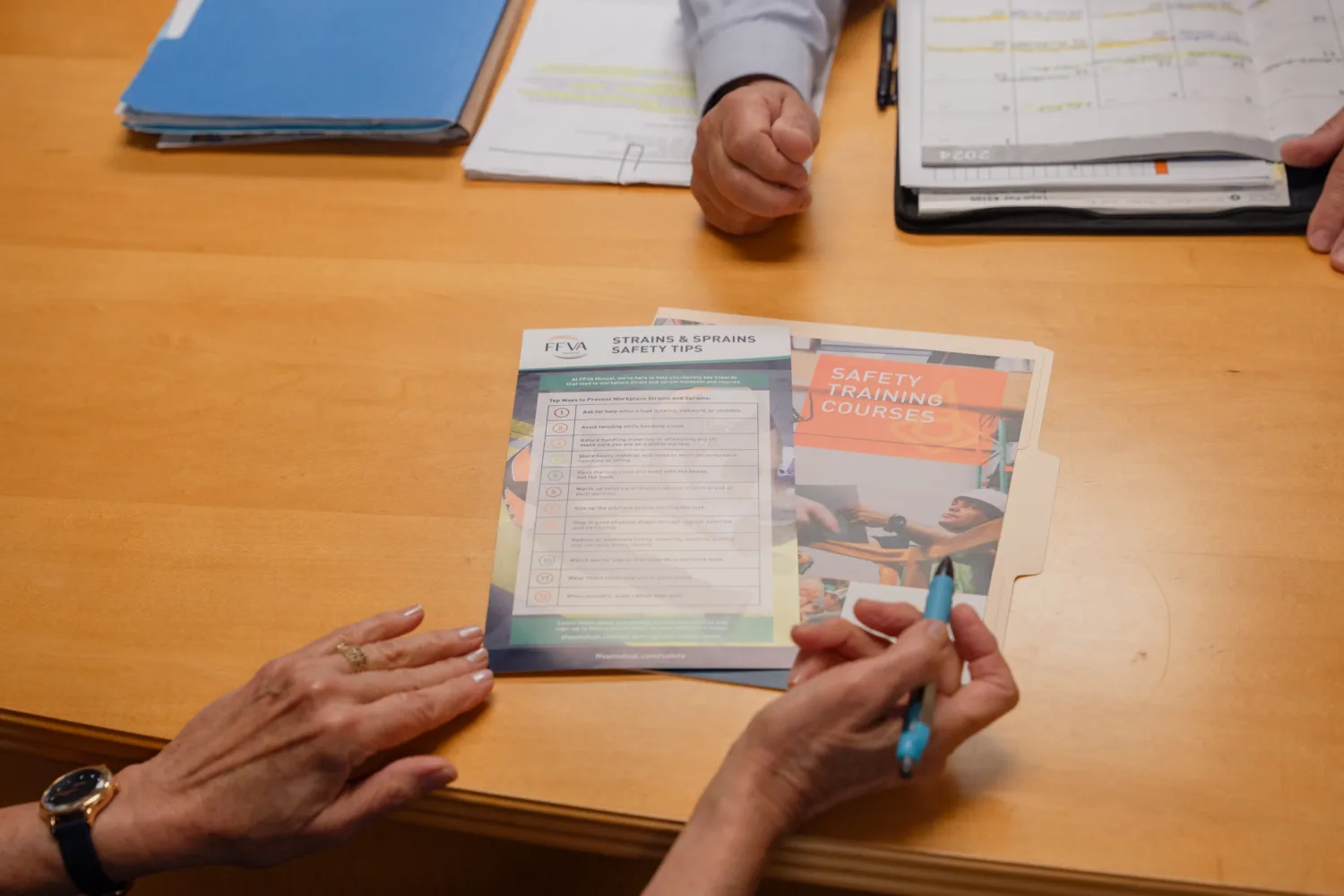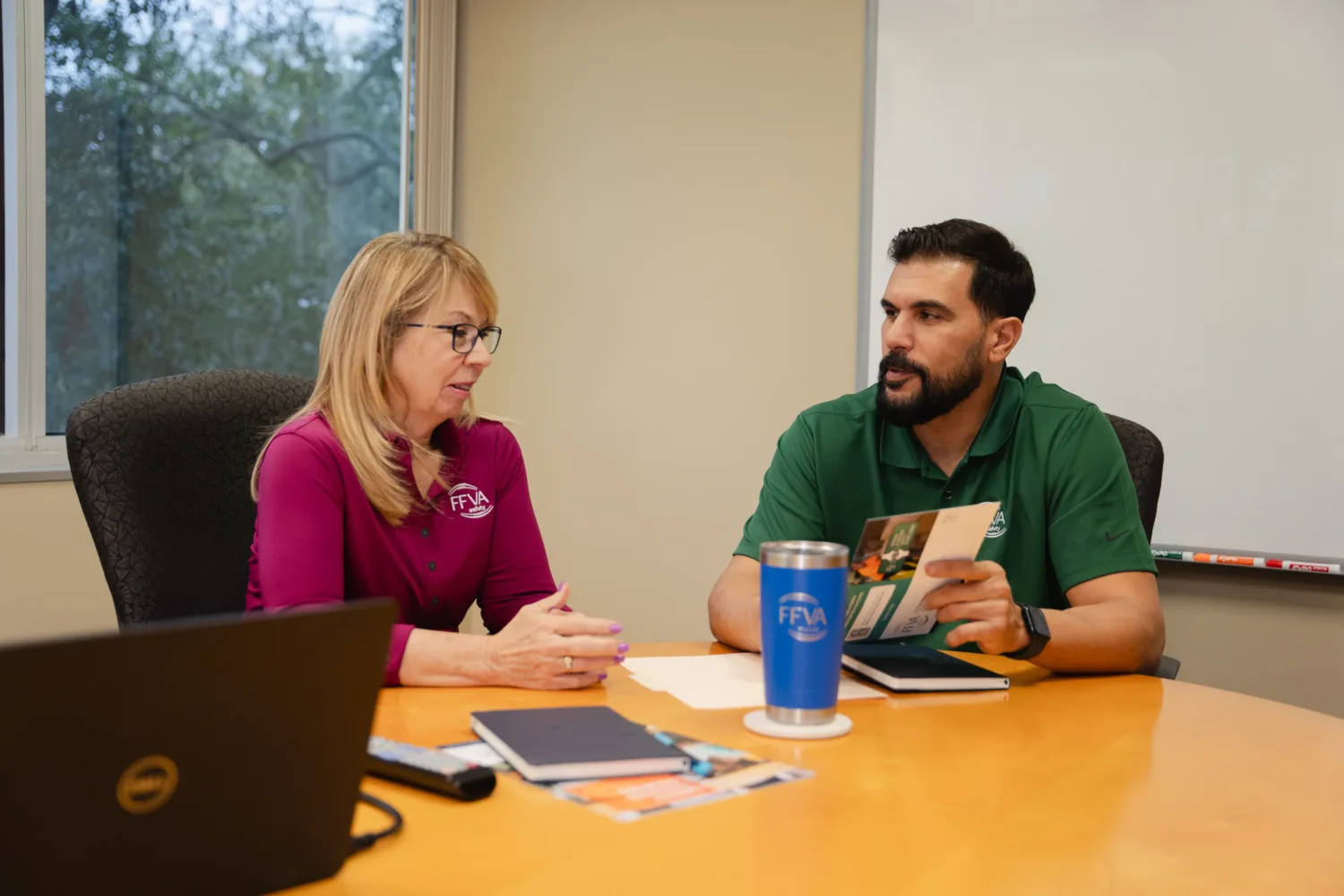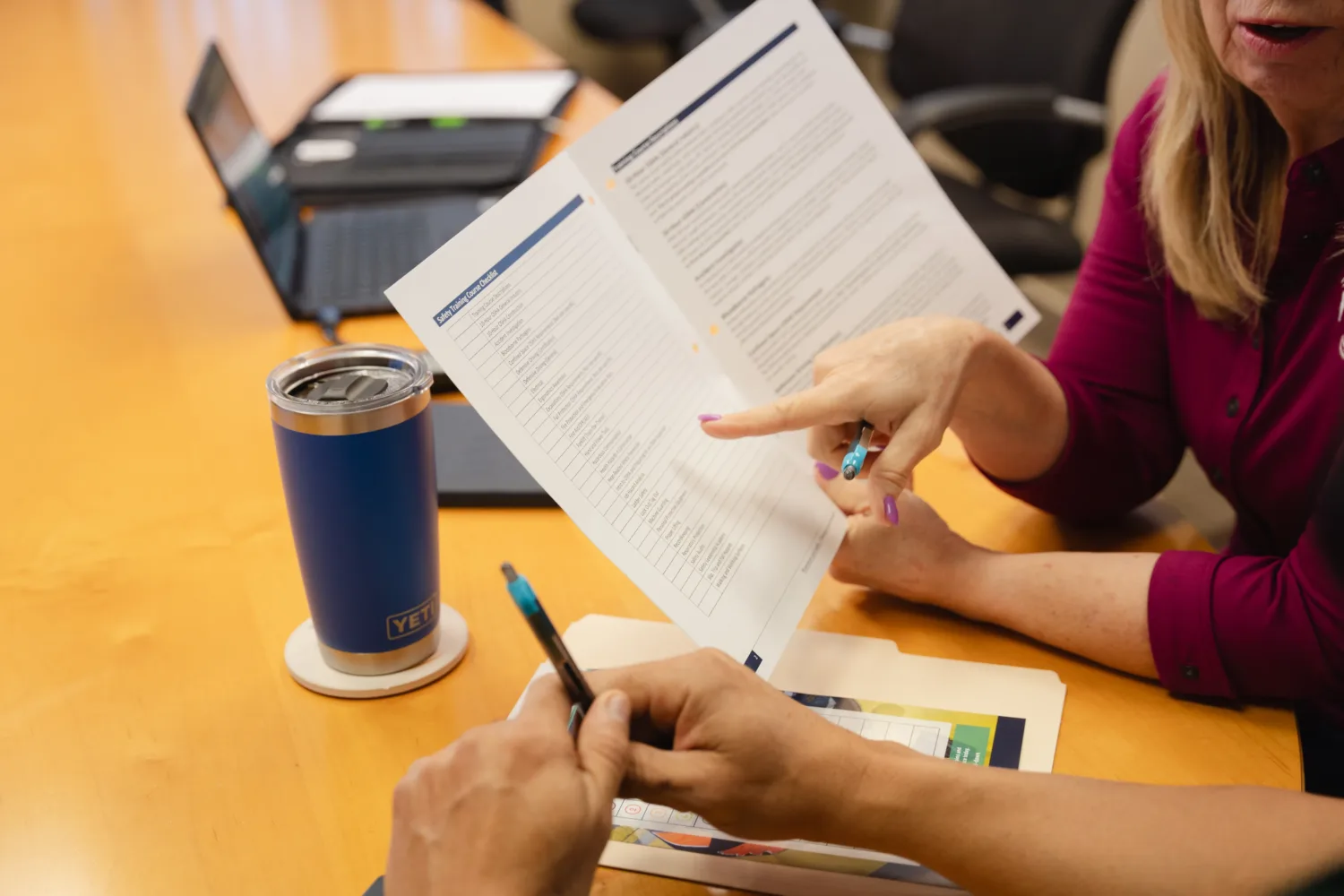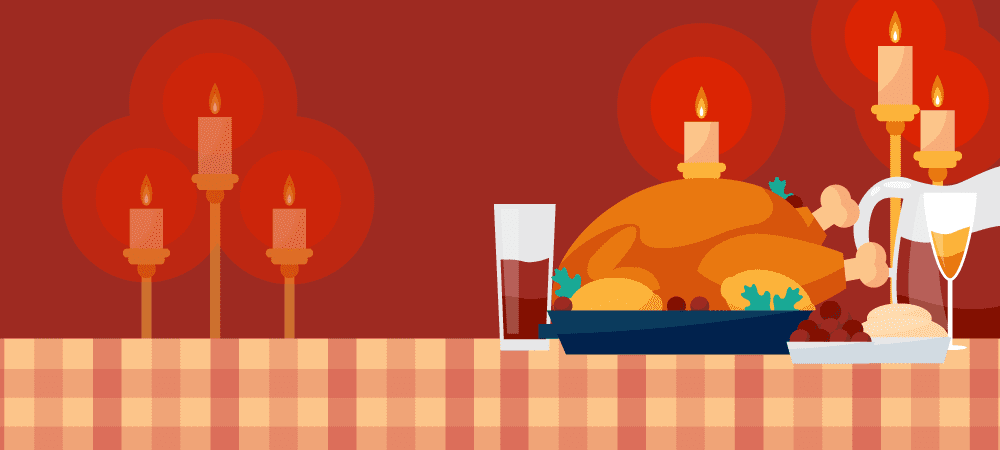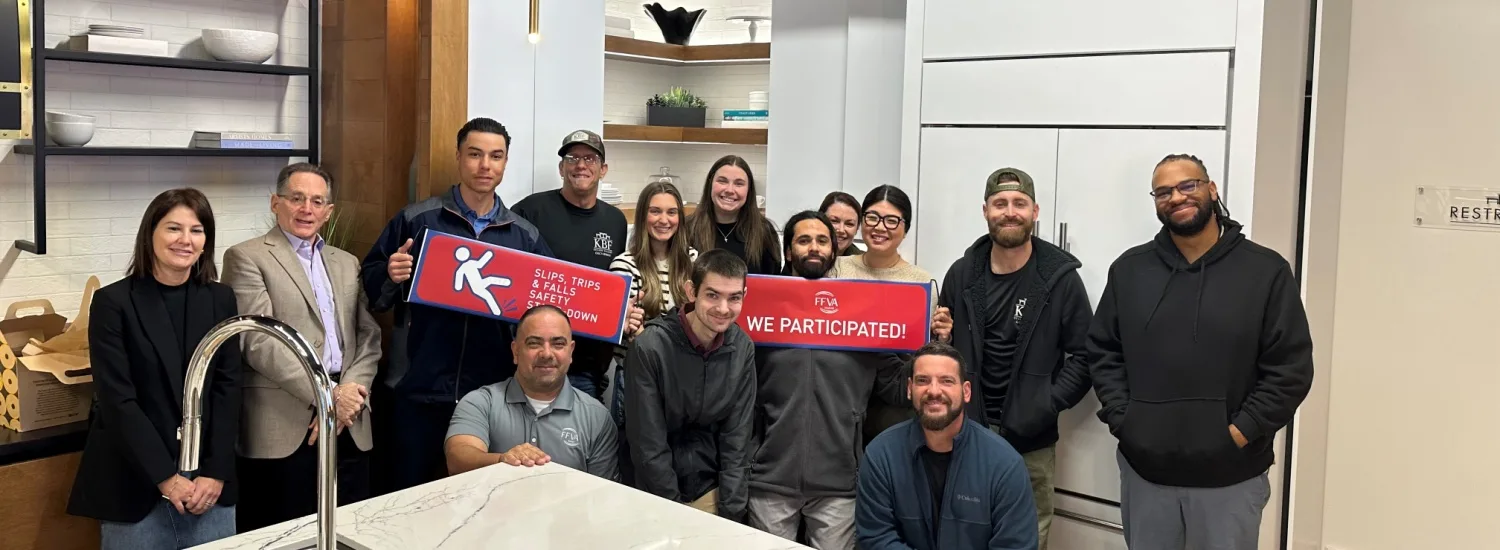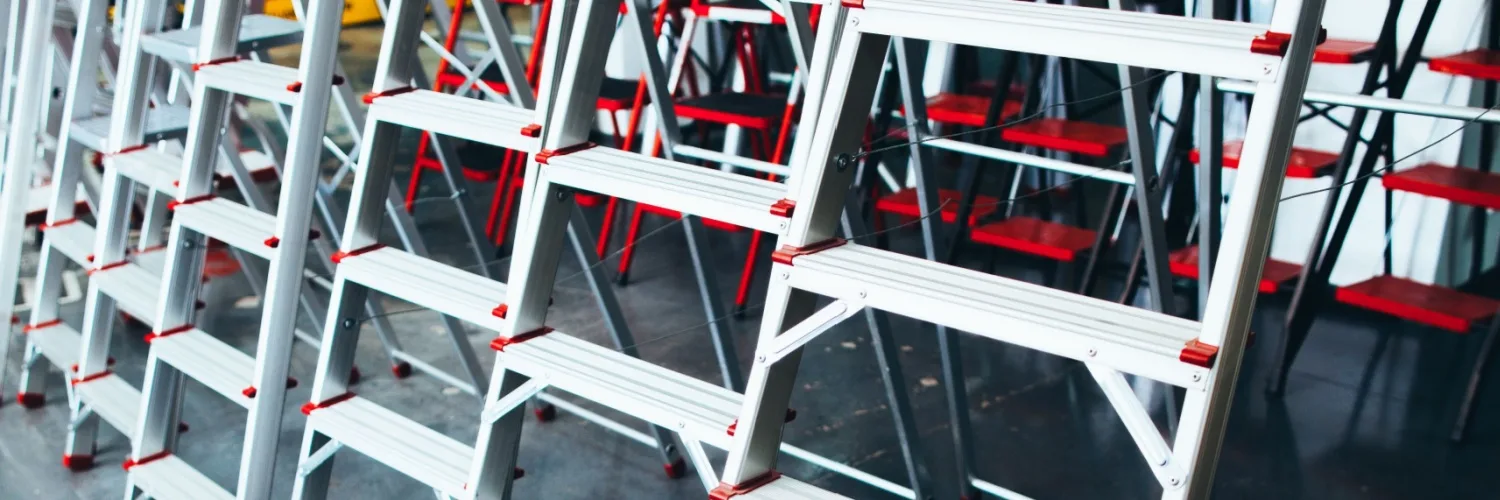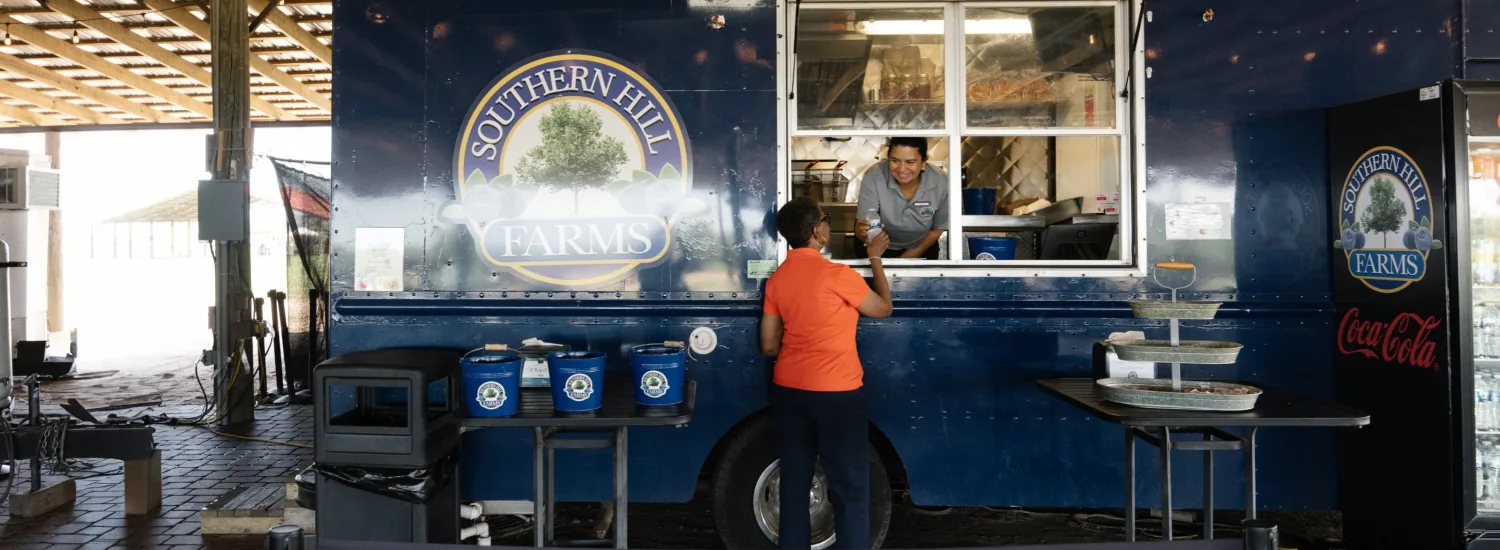Holiday Safety Tips for Your Workplace and Home
Workplace holiday safety tips help prevent slips, fire hazards, stress and accidents so employees can stay safe and focused during the busy season. With packed schedules, crowded walkways and extra decorations, the holidays can create conditions where everyday safety precautions are overlooked — making accidents more likely if employers aren’t proactive.
By addressing the unique risks of the season, you can protect employees’ well-being while keeping operations running smoothly. To prevent risks from cropping up, we’re sharing our 10 holiday safety tips to help you and your employees stay healthy and happy.
Workplace Safety Hazards During the Holiday Season
Employees often come under extra stress during the holidays. Late-night shopping sprees with children, holiday parties with friends and putting up holiday decorations can all lead to overpacked schedules. Among other hazards, employees often skimp on sleep and fail to get enough rest during the weekends, which can cause fatigue that bleeds into their job performance. Accidents become more likely as fatigued employees are less careful and focused on the job at hand.
Add that to the fact that many companies experience their busy seasons around the holidays, meaning employees are often expected to work longer hours to meet holiday output demands. Workers might find themselves straining or taking shortcuts to get more work done faster, which not only puts potentially dangerous pressure on their bodies, it also increases the likelihood of a harmful slip, fall or other injury.
It’s for these reasons employers should take extra care during the holidays to identify safety hazards and take proactive steps to mitigate the possibility of a workplace injury.
The 4 Pillars of Workplace Holiday Safety
The holidays can bring crowded walkways, new décor and electrical loads, heavier lifting, tighter schedules and changing weather. Add stress and fatigue, and incident risk rises.
Use these four safety pillars to keep teams protected and productive:
1. Preventing Slips, Trips and Falls
The holidays bring extra boxes, seasonal displays and decorative items that can make walkways narrower than usual. Add winter weather to the mix, and slips, trips and falls quickly become one of the most common seasonal hazards.
Here are a few proactive steps employers can take to keep people on their feet:
- Keep walkways clear and well-lit: Stock rooms, offices and retail floors often get cluttered during the holidays. Make it part of your daily routine to inspect walking areas, remove obstructions and ensure exits remain unobstructed. Adequate lighting is just as important, especially with shorter winter days and early sunsets. Parking lots, stairwells and hallways should all be well lit to reduce risk.
- Secure cords and decorations: Strings of lights, extra extension cords or decorative displays can easily create tripping hazards. Use cord covers or tape to secure wires and avoid running cords across main walkways. Place decorations where they do not block emergency exits or create congestion.
- Encourage safe lifting practices: Heavier loads are common this time of year, whether employees are unpacking seasonal shipments, swapping decorations or moving equipment. Teach employees to test the weight of an item before lifting, bend at the knees and keep the load close to the body. When possible, use carts, dollies or team lifts. Avoid twisting or jerking movements, which are common causes of back injuries.
- Refresh on ladder safety: Hanging decorations or retrieving items from high shelves may put employees on ladders more often than usual. According to the CDC, hundreds of people die each year from ladder-related falls, with more than half a million requiring treatment. Remind employees to maintain three points of contact, inspect ladders before use and never climb with arms full. A quick refresher before the season can prevent accidents.
2. Avoiding Fire & Electrical Hazards
Holiday cheer often comes with lights, power cords and decorative items — but if not handled correctly, they can create serious fire and electrical hazards.
Follow these tips for a safer holiday season:
- Perform electrical safety checks: Decorations and equipment should only be plugged into outlets that can handle the load. Overloaded outlets or daisy-chained power strips are common fire risks. Inspect all cords before use and remove any that are frayed, cracked or damaged. Encourage employees to unplug decorations at the end of the day or use timers.
- Use ladders and tools properly: Electrical accidents often happen when employees use unstable surfaces or makeshift equipment to hang lights. Train employees to use approved ladders and avoid metal ladders near electrical sources.
- Educate employees on fire extinguishers: The holidays are a good time to confirm that fire extinguishers are visible, accessible and inspected. Employees should know where extinguishers are located and how to use them safely using the PASS method (Pull, Aim, Squeeze, Sweep).
- Avoid decorative fire hazards: Holiday trees, strings of lights and combustible materials can add to the fire load in offices. Ensure trees are kept hydrated if real, or select flame-retardant artificial options. Never leave holiday lights on unattended and keep combustible items away from heat sources.
3. Managing Stress and Fatigue
The holiday season often comes with packed schedules, higher workloads and more pressure to deliver results. For employees, that can mean longer hours, less rest and more stress — all of which affect safety and performance. To help:
- Avoid overexertion: When demand spikes, employees may push themselves to move faster, lift more or skip breaks. Supervisors should monitor workloads and encourage pacing. A single pulled muscle or slip from fatigue can cause more downtime than maintaining a steady, safe pace.
- Encourage rest and breaks: Adequate sleep and downtime are critical. Employers can help by setting realistic deadlines, balancing schedules and discouraging excessive overtime. Encourage employees to take breaks throughout the day to recharge physically and mentally.
- Support mental health: The holidays can be stressful or even isolating for some employees. Emotional strain can impair judgment and increase the likelihood of accidents. Employers can offer resources such as mindfulness sessions, employee assistance programs (EAPs) or wellness challenges. Even small gestures — like open conversations about stress management — can reduce stigma and encourage employees to seek help.
- Promote work-life balance: Policies that allow flexible scheduling, remote work during inclement weather or additional time off can help employees balance holiday demands. Supporting balance not only reduces burnout but also demonstrates care for employees’ overall well-being.
4. Promoting a Safe Environment
Beyond physical hazards, employers must also cultivate a safe work environment via:
- Food safety during celebrations: Many workplaces celebrate with potlucks or catered meals. Establish simple rules for safe food handling, storage and labeling allergens. Encourage refrigeration of perishable items and quick cleanup of shared spaces. Foodborne illness can disrupt operations and morale.
- Indoor air quality: With windows sealed against winter weather, air quality can decline. Poor ventilation can contribute to headaches, fatigue and reduced focus, all of which increase accident risk. Schedule HVAC maintenance, change filters regularly and consider portable air purifiers in high-traffic areas.
- Severe weather protocols: Snow, ice and storms can make commuting dangerous. Share emergency communication channels and remote work policies before winter hits. Clear guidelines about when employees should stay home help prevent rushed commutes in unsafe conditions.
- Safety meetings and hazard reporting: Conduct brief huddles to remind employees of holiday hazards and reinforce emergency plans. Encourage workers to report hazards or near-misses without fear of reprisal. Recognizing safe behavior during this season also reinforces positive habits.
Holiday celebrations and alcohol awareness: If your workplace hosts holiday parties, establish clear policies around alcohol use. Providing transportation options or limiting service reduces the risk of alcohol-related incidents.
Bonus Safety Tip: Identify All Fire Safety Hazards
Workplaces during the holidays often turn into a bazaar of lights. Employees might celebrate with a Christmas tree, light strings or even a lit candle by their workstation. These decorations can lead to serious fire safety hazards if not properly monitored. According to the Occupational Safety and Health Administration (OSHA), employees should be trained to properly dispose of all flammable materials and avoid behaviors likely to cause a fire (like leaving burning candles unattended). In the event of a fire, employees should understand how to use fire safety equipment and know all evacuation routes and procedures to remove themselves from a burning building safely.
Workplace Holiday Safety FAQs
What are the most common workplace hazards during the holidays?
The most common risks include slips, trips and falls from cluttered walkways or icy conditions, fire hazards from overloaded outlets or decorations, and fatigue or stress caused by busy schedules. Being proactive in each of these areas helps employers keep employees safe and focused.
How can I prevent holiday accidents at work?
Start with the basics: keep aisles clear, secure cords and decorations and inspect ladders before use. Reinforce proper lifting techniques, encourage regular breaks and make sure employees know severe weather protocols. Clear communication and quick hazard reporting are essential.
What fire safety precautions should workplaces take during the holidays?
Use only flame-resistant decorations, avoid overloading outlets and unplug lights or use timers after hours. Keep combustible materials away from heat sources and confirm that fire extinguishers and alarms are accessible and working. Employees should receive a refresher on evacuation routes and the PASS method for extinguisher use.
Putting Safety at the Top of Your Holiday Wish List
Safety should be a top priority for employers at all times of the year, but they should be especially focused during the holiday season. Investing in a comprehensive training program is one of the most effective steps employers can take to remove possible job hazards and keep employees safe during one of the busiest – yet happiest – times of the year.
At FFVA Mutual, we offer policyholders a robust selection of safety training videos and no-cost safety training courses they can use to train their employees on safety best practices. Our online safety course offerings include:
- Interactive webcasts.
- Online short talks for safety committees.
- Safety videos.
Not only can a comprehensive training program help keep employees safe on the job, it also demonstrates you have a workplace that prioritizes employee health and well-being. This can go a long way toward boosting hiring and retention practices for management teams.
Getting through the holidays safely means going into the New Year refreshed and ready for whatever comes next. While the excitement and novel routines associated with the season may present a few additional safety hazards, there’s nothing complicated about planning for and reducing the risks – especially this time of year.
No matter how you plan to spend the holiday season, both at work and at home, you can refer back to these holiday safety tips to make sure you and your co-workers and family members are prepared and safe. To learn more about workplace safety, visit our safety page or contact a Solutionist.
